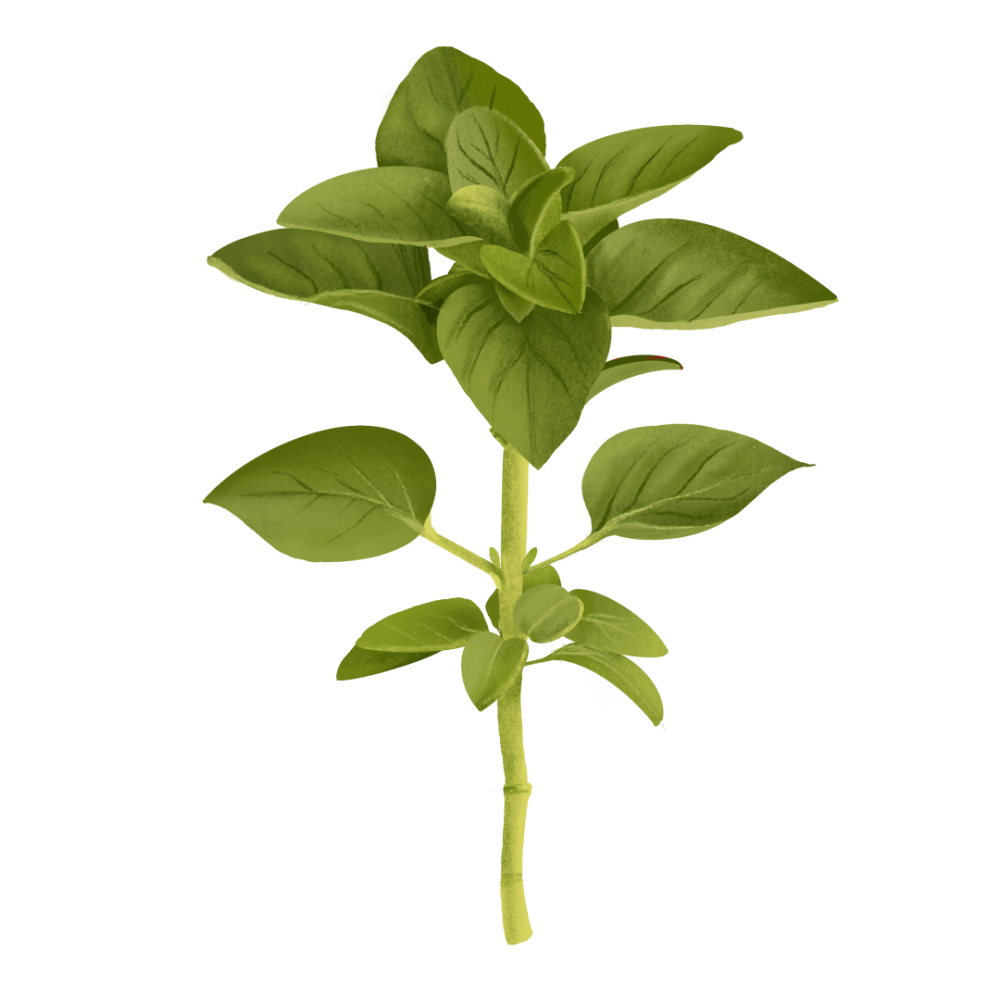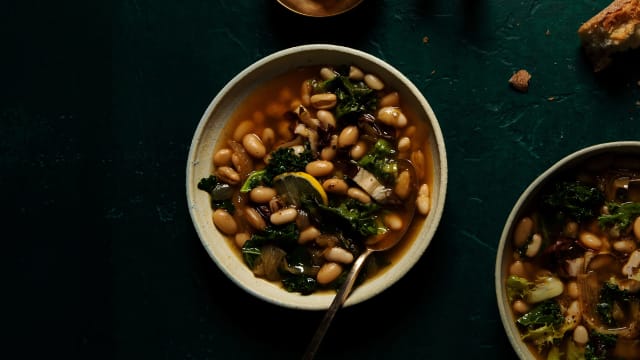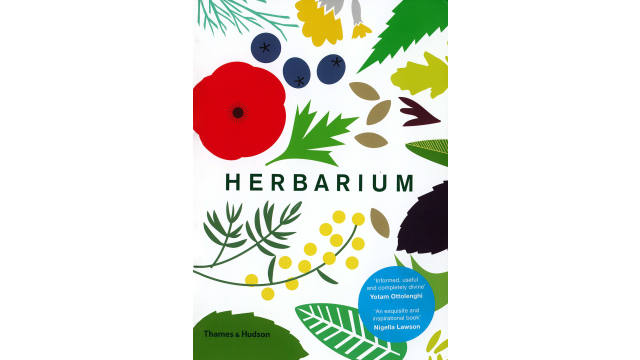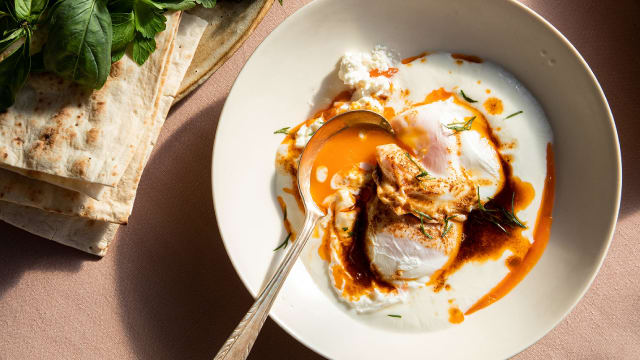Oregano

Ingredient: Oregano
Latin name: Origanum vulgare
Uses: herb
What is oregano?
Oregano is an aromatic perennial herb in the mint family (Lamiaceae) used since antiquity for cooking and medicine. Closely related to marjoram (it’s sometimes called wild marjoram), oregano is used in many of the same applications and cuisines. Don’t get it confused with Mexican or Cuban oregano, which aren’t true oreganos. (Mexican oregano isn’t even in the mint family; it’s a verbena.)
Why is oregano healthy?
Like most herbs and spices, oregano is rich in antioxidants. Oregano is specifically high in polyphenols, which can lower blood pressure, maintain flexible blood vessels, and reduce inflammation that contributes to heart disease. As an aromatic herb, oregano is also high in monoterpenes; carvacrol and thymol, the primary essential oils found in oregano, have antimicrobial and antiseptic properties.
Oregano is a great source of vitamins A, C, and K, along with minerals including magnesium, iron, and manganese. This makes oregano helpful for bone health and promoting blood sugar balance.
What does oregano taste like?
Oregano has a distinctive warm, woodsy fragrance that’s more concentrated in the dried herb (especially the flower buds), similar to thyme or savory. Fresh oregano isn’t used as often but has a greener/grassier flavor than dried.
How do I use oregano?
Dried oregano is typically sold in a shaker jar so you can shake or spoon out what’s needed for cooking. If you buy whole dried oregano with the blossoms attached to the stems (or grow and dry your own), you can just lightly crush the stems to release the leaves for cooking.
What does oregano pair well with?
Oregano is classically used in Italian cuisine — it’s hard to imagine any pizza or tomato-based sauce without it — but it’s also an essential ingredient in Greek and Turkish cuisine. It loves being with olive oil, lemon, and garlic and onions; use these together as a marinate for roasted eggplant and sweet peppers. It also plays well with sharp cheeses and its relatives mint and thyme (especially in Middle Eastern and Levantine dishes). Oregano has a talent for elevating mild-flavored carbs like white beans, garbanzos, and potatoes.
Where does oregano grow?
Oregano is from the Mediterranean and been used in that region for millennia. It grows well in temperate climates and is naturalized throughout the Northern Hemisphere. In fact, it tends to get very weedy once it’s established! It grows well as a potherb or in windowsills, as long as it has plenty of sun and regular watering.
How to buy oregano:
Dried oregano is sold in the spice aisle in every major grocery store in the United States, typically in small jars but also often in bulk (in stores that have bulk bins and sell herbs and tea). In specialty stores, you might find it available in its whole form with the stems still attached. Fresh oregano is included in herb blends sold in the produce section of mainstream markets, usually in clamshells labeled “poultry blend” or “roasting blend.”
Fun oregano fact:
Not only are uses for oregano mentioned in the earliest cookbooks (the 1st-century Roman culinary guide, De Re Coquinaria, suggests it for everything from seasoning salt blends to brain sausages), but oregano’s antiseptic properties seem to have been known for just as long. It’s heavily mentioned in medical texts from the same era. Dioscorides’ De Materia Medica (1st century) suggests taking the herb with wine as a cure for wild animal bites.






